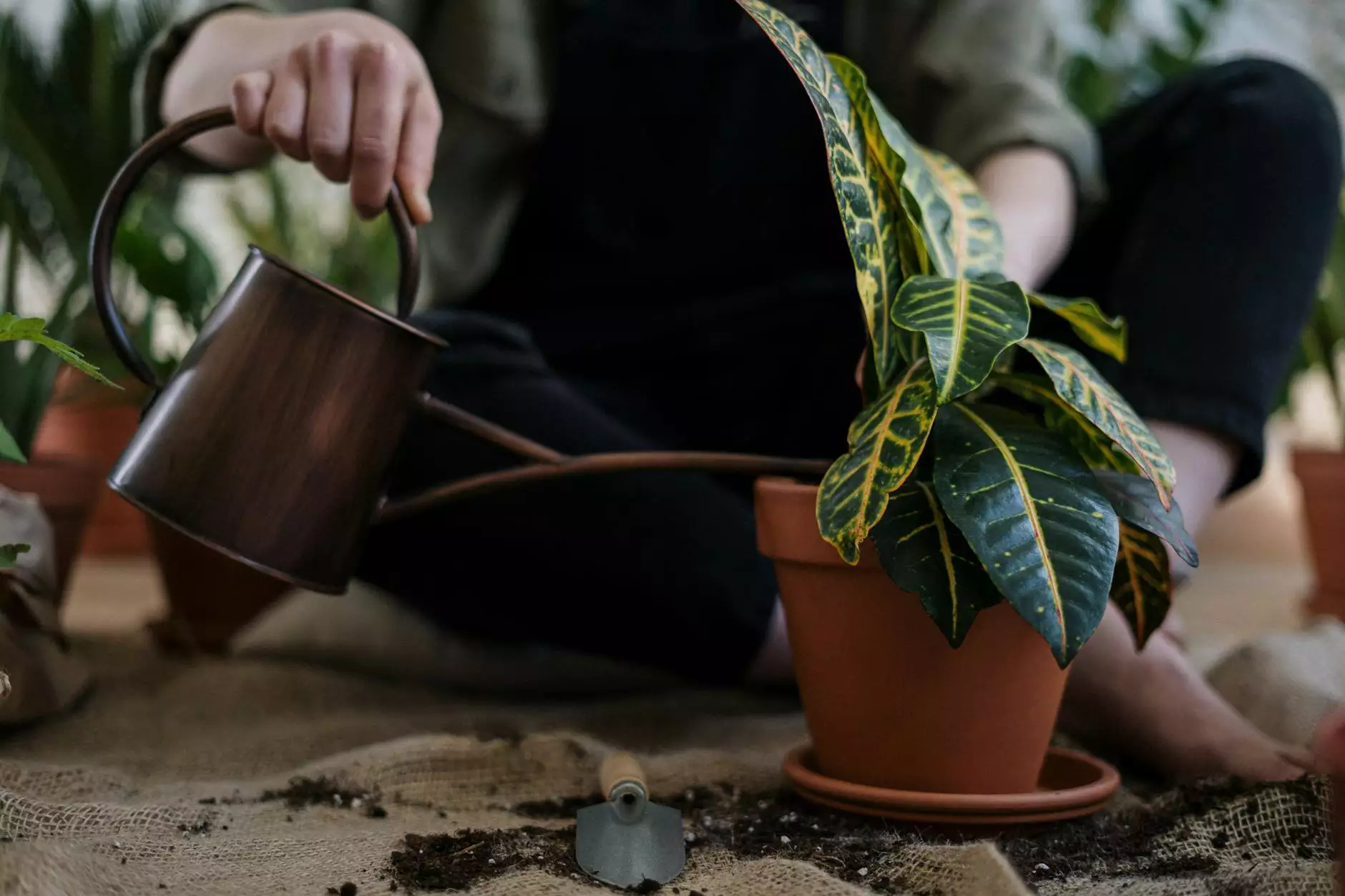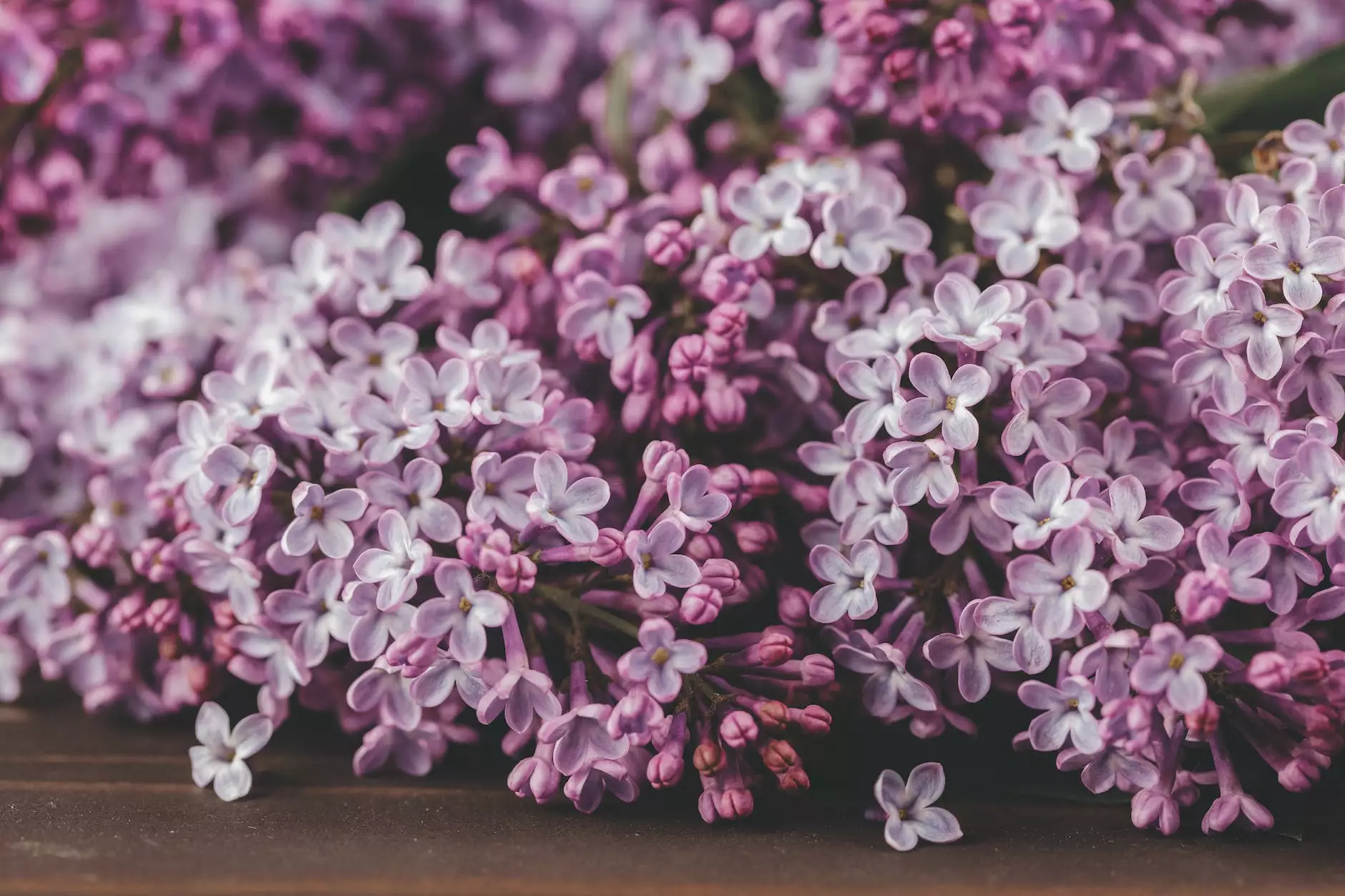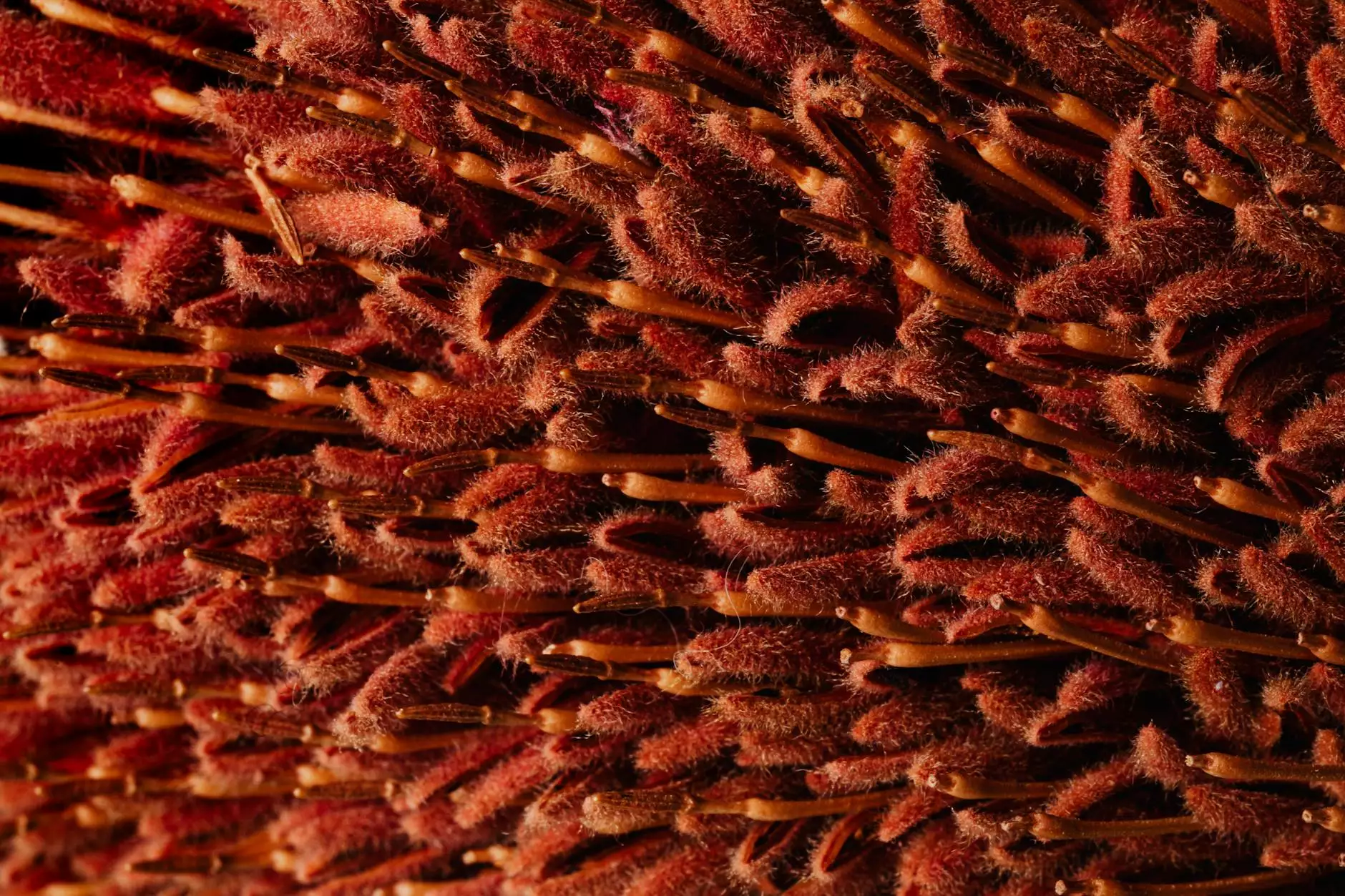How to Grow Herbs Indoors

Introduction
Welcome to La Venezia Art & Fashion's detailed guide on how to grow herbs indoors. If you're passionate about cooking or simply love having fresh herbs at your fingertips, growing herbs in your own indoor garden can be a rewarding and convenient experience.
Benefits of Indoor Herb Gardening
Growing herbs indoors offers numerous advantages. Firstly, it allows you to have a continuous supply of fresh and flavorful herbs throughout the year, regardless of the season. Secondly, it adds a touch of greenery and freshness to your living space, improving air quality and creating a serene ambiance. Lastly, indoor herb gardening is a cost-effective option, as it eliminates the need to purchase expensive store-bought herbs that often spoil quickly.
Choosing the Right Herbs
When it comes to indoor herb gardening, it's important to select the right herbs that thrive in an indoor environment. Some of the popular choices include:
- Basil: Known for its rich aroma and versatile uses in various cuisines.
- Parsley: A staple herb, perfect for garnishing and adding flavor to your dishes.
- Mint: A refreshing herb commonly used in teas, cocktails, and desserts.
- Rosemary: Known for its distinct fragrance and suitability for roasted meats and Mediterranean dishes.
- Thyme: A versatile herb popular in French, Italian, and Mediterranean cuisines.
Setting Up Your Indoor Herb Garden
Creating the ideal environment for your herbs is crucial for their growth and flourishing. Follow these steps to set up your indoor herb garden:
1. Location
Place your herb garden near a south-facing window to ensure they receive ample sunlight. If natural light is limited, you can supplement it with artificial grow lights specifically designed for indoor gardening.
2. Containers
Choose appropriate containers with drainage holes to prevent waterlogging. Opt for pots or containers made of terracotta or ceramic, as they provide good airflow to the roots.
3. Soil
Use a well-draining potting mix enriched with organic matter. It should retain moisture without becoming overly soggy.
4. Watering
Avoid overwatering your herbs as it could lead to root rot. The general rule of thumb is to water them when the top inch of soil feels dry. Remember, different herbs have varying water requirements, so it's essential to research individual needs.
5. Temperature and Humidity
Most herbs prefer temperatures between 60-70°F (15-21°C). Ensure the room is adequately ventilated to prevent excessive humidity, which can encourage fungal diseases.
Caring for Your Indoor Herb Garden
Proper care and maintenance are key to the success of your indoor herb garden. Here are some essential care tips:
1. Pruning and Harvesting
Regularly prune your herbs to encourage bushier growth and prevent them from becoming leggy. Harvest leaves as needed, pinching them off close to the stem.
2. Fertilization
Feed your herbs with a balanced liquid fertilizer every 4-6 weeks during the growing season. Follow the instructions carefully to avoid over-fertilization.
3. Pest Control
Monitor your herbs regularly for pests such as aphids or spider mites. Use organic pest control methods or commercial insecticidal soap to keep infestations in check.
Troubleshooting Common Herb Growing Issues
1. Yellowing Leaves
Yellowing leaves are often a sign of overwatering, nutrient deficiencies, or insufficient light. Adjust watering habits and ensure your herbs receive adequate sunlight.
2. Leggy Growth
If your herbs start growing tall and leggy, it indicates inadequate light. Move them closer to a window or invest in additional grow lights to provide sufficient light intensity.
3. Pests and Diseases
Keep a close eye on your herbs for common pests like aphids, mealybugs, or powdery mildew. Early detection and intervention can prevent significant damage.
Conclusion
Indoor herb gardening is an enjoyable and rewarding experience that allows you to have fresh, aromatic herbs within arm's reach. By following the tips and guidelines provided by La Venezia Art & Fashion in this comprehensive guide, you'll be well-equipped to grow a thriving indoor herb garden that not only enhances your culinary creations but also adds a touch of natural beauty to your living space.









